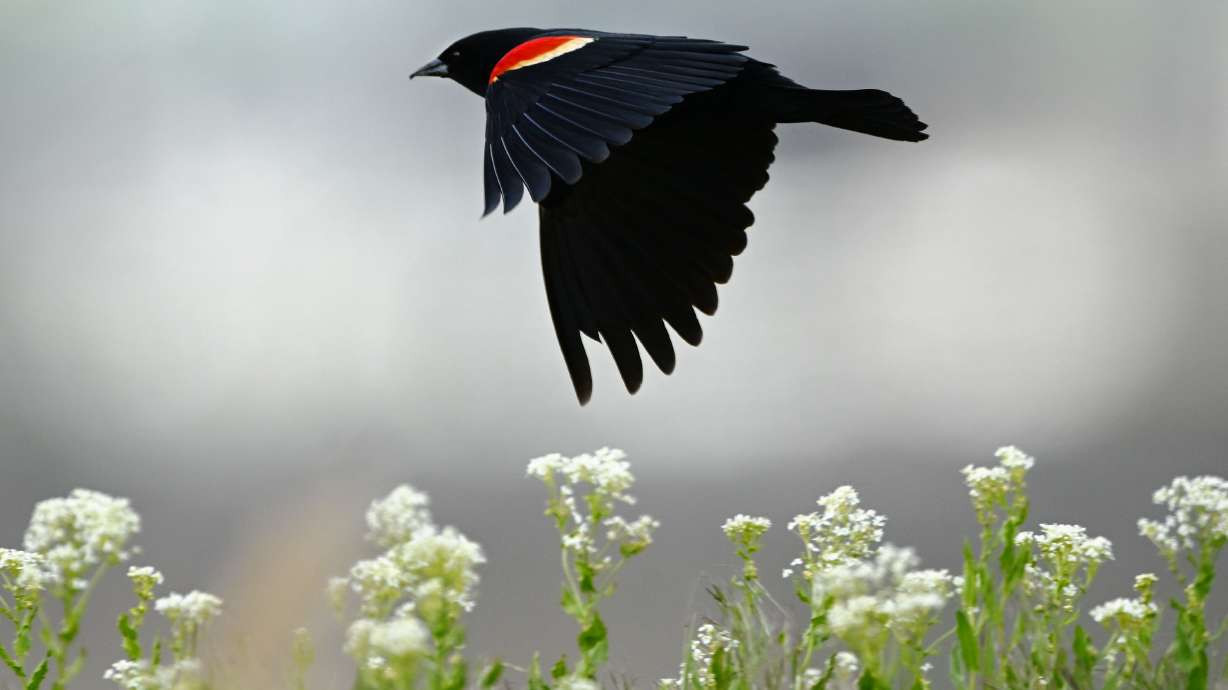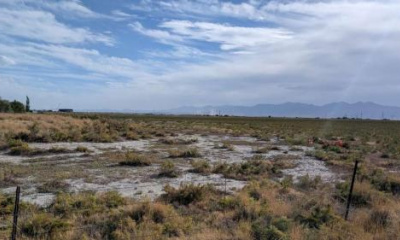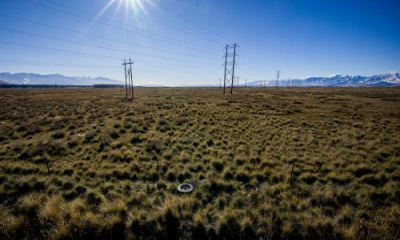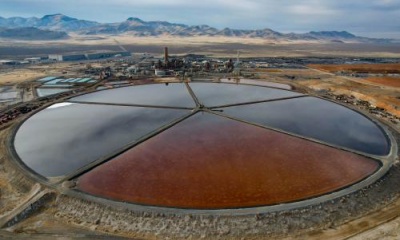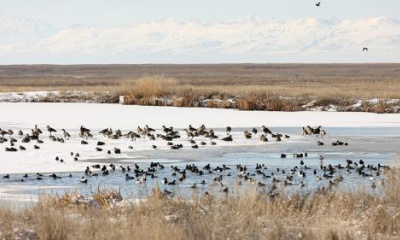SALT LAKE CITY — Projects to enhance or protect over 13,000 acres of Great Salt Lake wetlands are ongoing.
While that work continues, members of the Great Salt Lake Watershed Enhancement Trust and Utah Division of Forestry, Fire and State Lands are looking at ways to start even more projects. The two entities announced Thursday they're making $6.5 million available for projects that benefit the protection or restoration of the lake's wetlands.
"Healthy wetlands and improved water management at the interface of these habitats and the lake are essential for the lake's hydrology and the well-being of the overall ecosystem," said Marcelle Shoop, executive director of the trust.
The trust, in 2023, allocated $8.5 million toward the eight projects in motion. Many of those target popular areas for the over 10 million birds that use the lake every year, including the Bear River Migratory Bird Refuge, Farmington Bay Waterfowl Management Area and the Ogden Bay Waterfowl Management Area.
Most of the newly available funds come from the $5 million the Utah Legislature provided this year to the Utah Division of Forestry, Fire and State Lands to support wetlands projection or restoration projects along the Great Salt Lake. The trust also had $1.5 million in funds available that could go toward projects.
Local, state, tribal and federal governments are all eligible to receive grants for projects that improve the lake's wetlands, as nonprofit organizations. Private landowners or entities, as well as higher education institutions, are also eligible as long as applicants are working in collaboration with a government agency or nonprofit group.
All projects must protect existing wetlands or improve the hydrological or ecological function of the wetlands within the Great Salt Lake ecosystem. That's defined as being within 7 miles of the lake's edges.
Groups are also required to match at least 25% of a project's cost to receive funding. As with the previous round of funding, all projects will be selected based on a scoring system that a Great Salt Lake ecosystem expert committee creates to highlight impactful projects.
All groups must submit their project ideas by the end of Oct. 1 to receive funding. The projects are expected to be picked by mid-December at the latest.
The program was created in 2023 after the Great Salt Lake reached an all-time low in 2022, bringing its ecosystem to the brink of collapse. Back-to-back productive snowpack seasons have helped the lake recover somewhat since then.
The lake's southern arm peaked at 4,195.2 feet elevation this spring, its highest level in five years. It's back down to 4193.2 feet elevation, about 4½ feet above the record low but about 5 feet below its minimum healthy level. Its northern arm is listed at 4,191.9 feet elevation.
While efforts to get water to the lake continue, Ben Stireman, deputy director of lands and minerals for the Utah Division of Forestry, Fire and State Lands, said he believes all of the new wetlands projects will impact the lake's future positively, as well.
"Restoring the wetlands around the Great Salt Lake is vital for the conservation of the lake," he said. "These wetlands play an important role in the lake's ecosystem."

